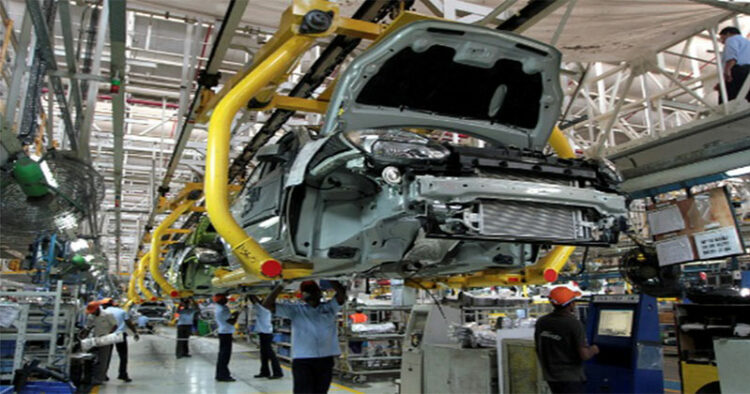As India overtakes China as the most populous country in the world, and as international companies seek new bases for manufacturing outside China, India has a historic opportunity to recover its mojo in a way that would change the world, Nicholas Kristof, a two-time Pulitzer winner says in a recent report for New York Times.
In an opinion piece titled ‘Can India Change the World’ for the US publication, Kristof elaborates to his own query on whether “India the world’s next tiger economy” is poised to succeed a slowing China as a pillar of the global economy?
Kristoff states that he is not quite that confident in India’s future, but he believes that it has a fighting chance to soar economically “if it faces up to three major challenges: It needs to improve education, boost women in the labour force and improve the business climate to increase manufacturing.”
He cites an economic historian estimate that as recently as 1700, India accounted for about 24 per cent of global GDP, similar to the share now of the United States or Europe. “But today India makes up just 3 per cent of global GDP, up from 1 per cent in 1993,” Kristoff points out in the NYT opinion piece.
The author writes that today India has a new chance to lure manufacturers. China has an aging population, its brand is tarnished by repression, and global companies are eager to find new manufacturing bases.
India has English speakers, a familiar legal system, low-cost workers and first-rate engineers emerging from the Indian Institutes of Technology
India, for a while in the 2000s was enjoying economic growth rates of roughly 8 per cent per year, however, it might now become the next Asian tiger economy.
According to the New York Times report, the IT industry in India is amazing and, in some ways, much more advanced than in the US. Digital data on mobile phones is really affordable here in India. Digital transactions are commonplace, and users may simply store their safe digital records on their phones.
Quoting Nandan Nilekani, a pioneer in information services, the author of the New York Times report says that India’s digital public infrastructure enables a technology-led growth model, and there are indeed signs of a boom in entrepreneurial activity in the tech sector: India had 452 start-ups in 2016 and 84,000 last year, it said.
However, in some cases where China still has an edge is how the nation has heavily invested in human capital, unlike India.
One indicator of India’s larger human capital challenge: Malnutrition causes about 35 per cent of children to be physically stunted, which is more than in much poorer African nations like Somalia and Burkina Faso, the New York Times report stated.
India must provide possibilities for educated women in the economy in addition to boosting education. Several economic concepts served as the foundation for the East Asian economic boom.
China’s path was distinct from Malaysia’s, and South Korea’s path was not similar to Taiwan’s. But these nations shared one thing in common: they thrived in part as a result of shifting educated rural girls into the urban labour force, which greatly increased their country’s output, the report said.
India has a unique chance to regain its mojo in a way that would revolutionise the world as it surpasses China as the world’s most populous nation and as foreign businesses look for new industrial bases outside of China.
Nicholas Kristof, the opinion columnist, writing for New York Times added that India can once again astound the world if it can improve education, allow its women to work, and entice businesses while emerging as a hub for manufacturing.
If it succeeds in doing that, it will reclaim its historical position as a global economic superpower, and the previous few centuries of deprivation will be forgotten, he added.




















Comments